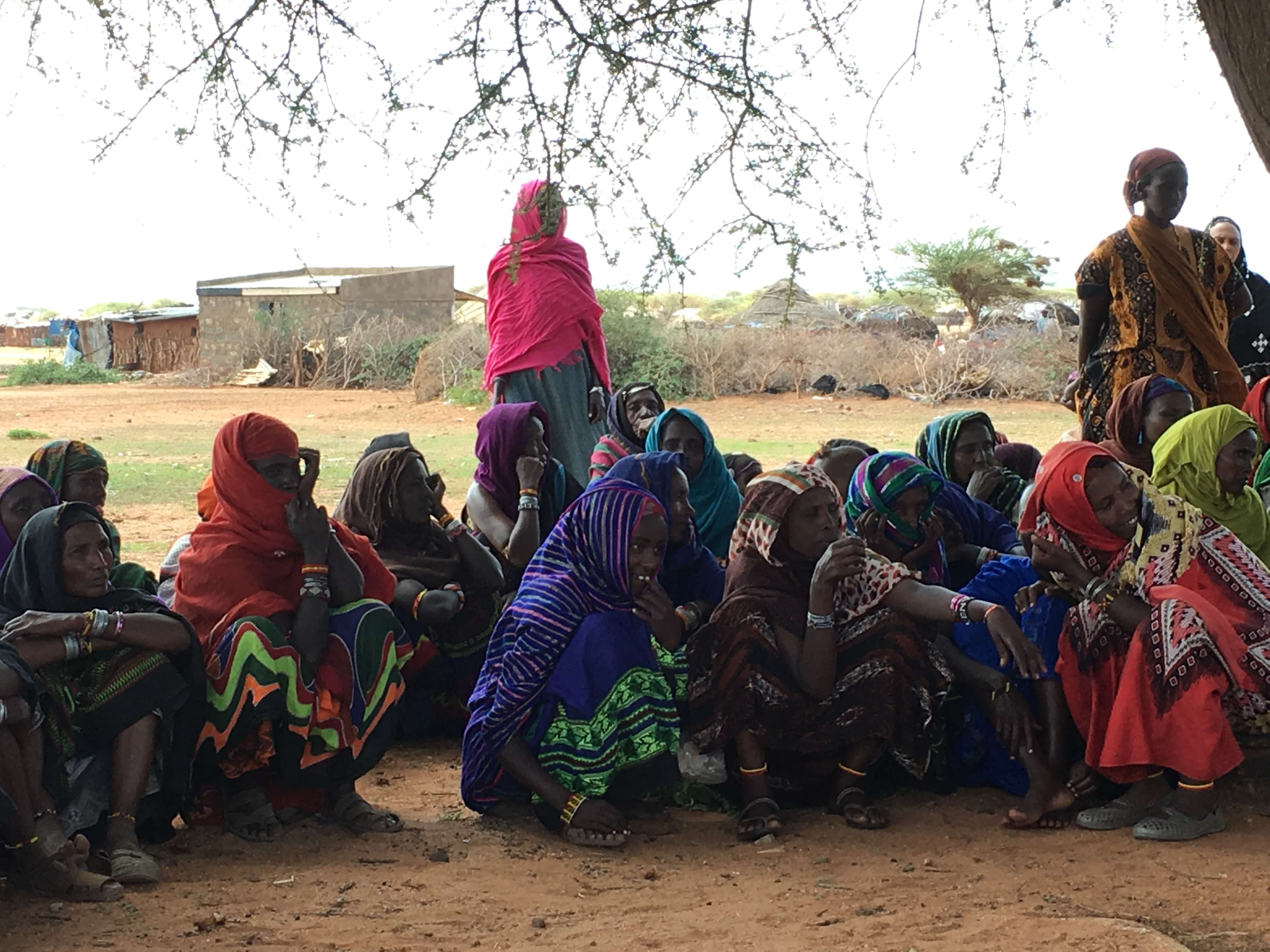It's hard for neighbouring communities to prepare for disaster if they are engaged in deadly disputes with each other. Catrina Stewart reports for Start Network on how one DEPP project in northern Kenya has tapped into an unusual source of tribal peacemaking - their children.
It might start with an argument over a perceived slur. Or perhaps a farmer has moved his cattle onto a neighbouring tribe’s grasslands during a drought. What may seem a minor dispute can, in northern Kenya, quickly descend into vicious intertribal tussles.
For the Gabra and Borana tribes of Kenya’s wild and impoverished region bordering Ethiopia, fighting is survival at its most raw. Repeated droughts and overgrazing have ravaged once-lush pastures, pushing the heavily-armed communities in one of the country’s most impoverished regions into ever more deadly conflict.
Breaking the cycle – and promoting the communities’ long-term resilience in the face of disaster -- required an entirely new approach.
In September, a wider Christian Aid-led project started targeting the children in Kenya’s Marsabit region, establishing peace clubs through schools to encourage children to talk about the conflict and the impact it has had on their lives.
“We thought: ‘Can we reach out to hear what the children have to say?’” said Nicholas Abuya, Christian Aid’s Kenya co-ordinator for the overall project. “These are the key stakeholders here, but it has [always] been thought they have no role to play.”
Children are also the biggest losers. When whole villages are burned down, and the schools destroyed, families are forced to flee for safety. Schooling all but stutters to a halt, giving the children little hope of competing against the rest of Kenya in their end-of-year exams that determine access to good schools and further education.
Boys as young as 13, meanwhile, are pulled out of school to take up arms on behalf of the community, a rite of passage that has perpetuated the tit-for-tat conflict.
The peace clubs initiative was launched under one of the 13 projects in the three-year Disasters and Emergencies Preparedness Programme (DEPP), funded by UK Aid, that Start Network is coordinating – involving 41 organisations and their local partners across 10 disaster-prone countries.
It is just one Kenyan strand of a wider project, which spans six countries, known as Linking Preparedness, Response and Resilience (LPPR) – an ambition that would be hard to achieve in Marsabit so long as some local groups that need to collaborate are so violently at odds with one another.
Football teams of children from Gabra and Boran communities before a peace tournament. ©Christian Aid
Overall in Kenya, the project aims to enable communities to resolve disputes over limited pasture and access to water by promoting dialogue between sometimes feuding groups, so that there is less risk that they resort to violence. Much of its focus is on strengthening the potential for women to take a leading role in preventing conflict. It has been running since September 2015 - but the attempt to engage children to bolster this effort is an innovation that began only three months ago.
That initiative started small, but it is already proving startling in its findings, not least because children talk without the reserve of grown-ups. “They will tell you what the adults are saying, the perception about a given community,” Abuya says. “They will say: ‘They don’t deserve anything better. They deserve to be wiped out.”
“These cultural perceptions are deeply embedded in oral history. You can see the hatred passed on to the children,” he adds.
Fighting started in earnest in July 2005 when raiders attacked the village of Turbi, killing nearly 100 people, including some 20 children in a primary school. Since then, relations between the two tribes have deteriorated. Every attack leaves behind it a trail of misery. Tens of thousands of people have fled to the cities, some even to Ethiopia, because their villages – comprising round thatched huts – have been burned down, their stock raided, or for fear of impending attack. The death toll since fighting broke out is thought to number several hundred.
Each round of fighting has a profound impact on the remote communities. Healthcare and education are disrupted, as is the local economy. When a farmer loses his cattle to fighting or raids, he loses his livelihood. When foodstuffs from the rest of Kenya cannot get through by road, the cost of groceries in the local markets soar.
What started out as a resource-based conflict has increasingly taken on a political dimension, communities looking to wield political power as a means to control resources, principally land and water.
There’s enormous potential, Abuya says, to give children the skills to act as peace ambassadors -- perhaps the only ones who can persuade their parents, and their community, that the cycle must be stopped after previous attempts to address grievances have failed.
Beyond discussions about peace, the project has started to bring children from the rival tribes together. It might be a game of football, or a homestay in the village of a rival tribe, where they sit down and chat, watch them cook, and eat their food. “They start to realise that they are human beings, too, just like them,” Abuya says.
The conversation is already, he says, taking on a new dimension. “Teachers tell us they [the children] enjoyed it, thought it was a good thing, and that it should continue,” he says. “In the end, it was an adventure.”
Read more about the Disasters and Emergencies Preparedness Programme.
Read more about Linking Preparedness, Response and Resilience.

